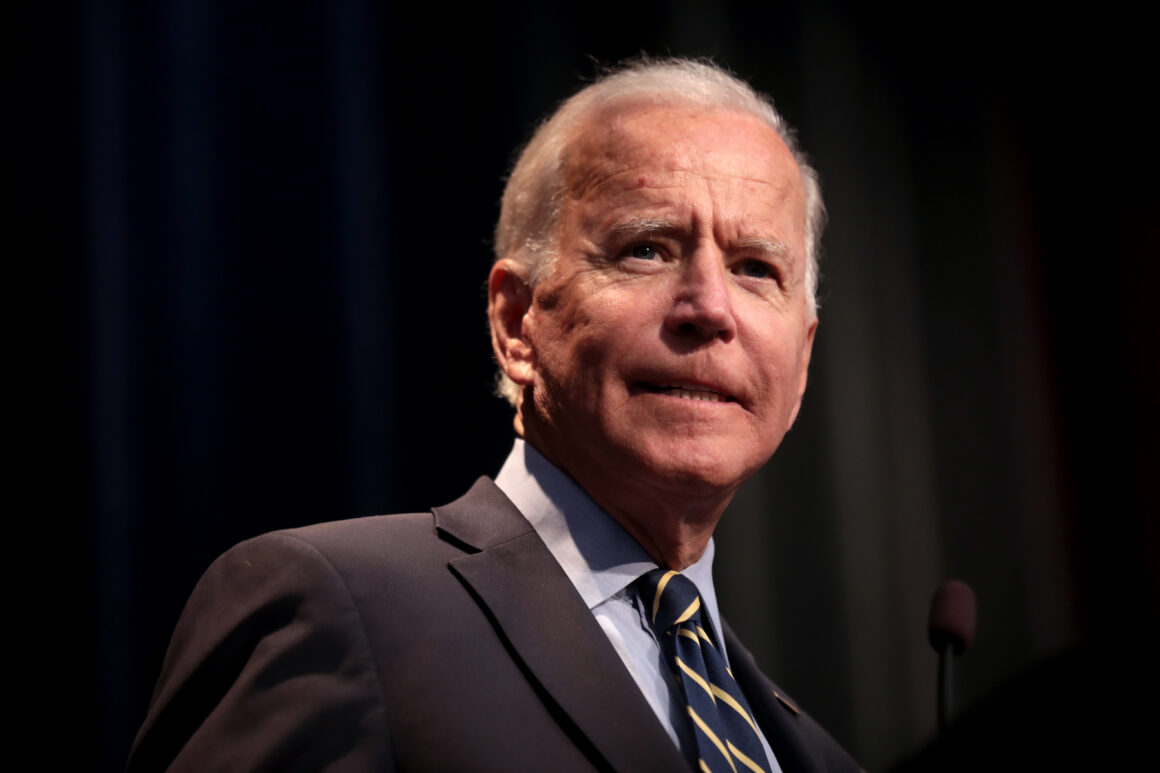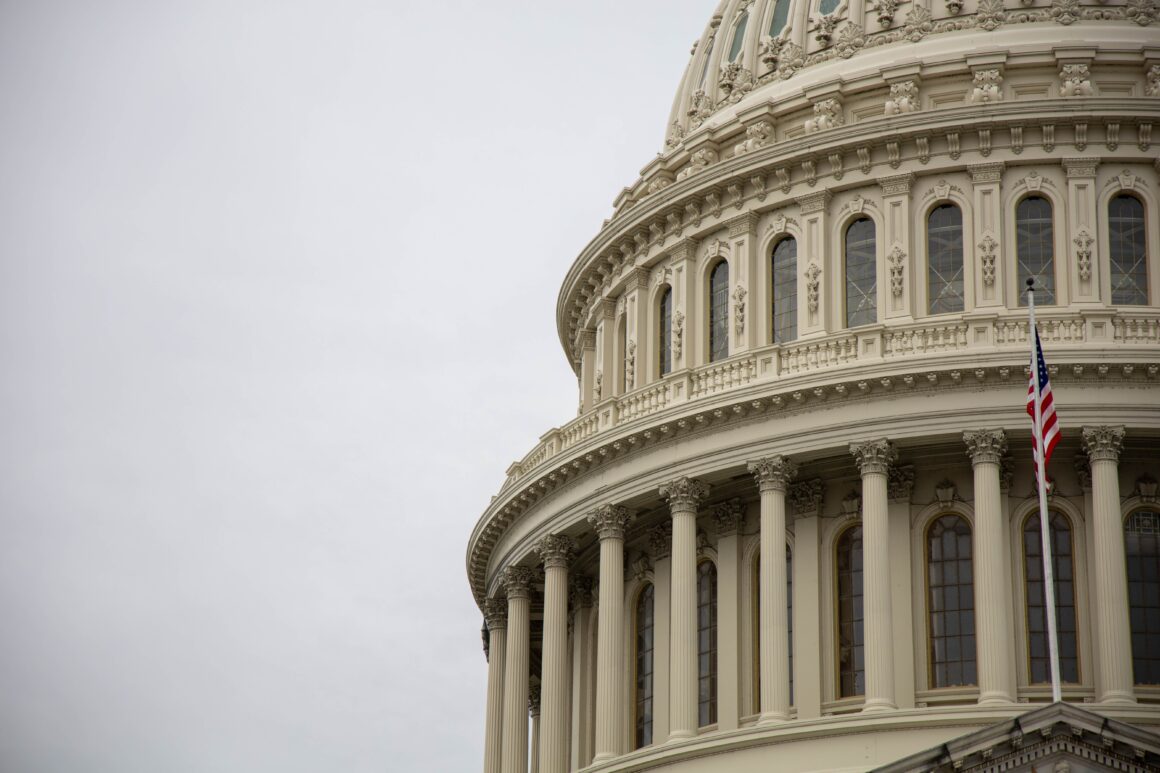Twenty-five days. That’s how long the U.S. government has been shut down over President Trump’s unmet demand that Congress supply $5.7 billion to be spent on a Southern border wall. These funds were expected by December 21, 2018 in order for the new federal spending legislation to be passed and for business to go on as usual.

However, since Democrats, Republicans and Trump could not agree to any compromises concerning “The Wall” or its budget before this date, Trump didn’t sign any legislation, and as a result, the government was forced to close indefinitely.
During a shutdown, the government typically stops funding all programs that are considered “non-essential” to the country, and require annual budget re-evaluations. So while Medicare, Medicaid, Social Security, disability checks, veterans’ benefits, in-hospital medical care, law enforcement, power grid maintenance, and the U.S. Postal Service will be virtually unaffected, there are other vital agencies and operations reliant on the government’s patronage that are suffering as a result of the shutdown.
For instance:
- The Bureau of Indian Affairs
This sector, which operates under the Department of the Interior, is responsible for funding 1.9 million Native Americans and Alaska Natives through services such as health clinics and food pantries. However, due to the shutdown, many tribes who rely on government funds are being affected. Over half of the bureau’s employees are furloughed, and the Indian Health Service (IHS), which serves over 2.2 million people part of America’s native population, is in jeopardy. Even though IHS clinics will remain open throughout the shutdown (for immediate needs only), employees are not being paid.
- Customs and Border Protection/ Immigration courts and enforcement
One of the more ironic consequences of the shutdown is that while Trump is refusing to back down on border security and his impossible wall, services which actually prevent illegal immigration in real time have ceased. Immigration courts, which already had an enormous stockpile of cases before the shutdown, are now closed. Similarly, E-Verify, which is a federal-based program set on preventing immigrants from illegally working in the U.S., is no longer running.
- The Food and Drug Administration (FDA)
The Department of Agriculture is a particularly dangerous agency to leave unfunded, as its job is to ensure the safe, clean distribution of food from farm to table. Fortunately the FDA has said it will continue to monitor major outbreaks of illnesses, as well as screen imported food and medicinal products, while responding to emergencies accordingly. Yet, regardless of their assurances that they will put the public’s health first, the FDA has lost 41 percent of its workforce to the shutdown, which has seriously slowed their operations. Furthermore, routine food inspections have been suspended for the time being.
Additionally, a lack of critical funding for food stamps and farmers could lead to disaster entering the month of February.
IMPORTANT FOR FRIENDS IN THE US pic.twitter.com/Fn3m0MMiSn
— a creature ? (@blacknoisyblue) January 12, 2019
- Transportation Security Administration (TSA)
Airport security checkpoints have began to go under as the Department of Homeland Security can no longer afford to employ TSA agents, who are among the lowest-paid federal employees. Technically, TSA agents are still required to show up to work despite not receiving a regular paycheck, but as of late TSA workers across the country have been rebelling by calling in sick. This has caused many airports to be understaffed during the shutdown.
Air traffic controllers, who also have high stress jobs critical to air safety, have been protesting their unpaid positions as well.
- National Park Service (NPS)
Since the shutdown, parks across the country have made what some, including former NPS Director Jonathan Jarvis, might call a “terrible mistake” by electing to keep the parks open without staff or servicing. As a result, a number of small horrors have happened in parks essentially left without rangers or rules. Visitors have made illegal campsites, cut down protected trees, even leaving garbage and fecal waste. NPS’ plan to retain staff and proper service by using entrance fees rather than government funding seems to be backfiring worse than expected.
- Environmental Protection Agency
Scientific progress and necessary inspections are being halted across the country, and some scientists, analysts and engineers were given mere hours to “shut down the labs“. Routine examinations of chemical factories, power plants, oil refineries, water treatment plants, and thousands of other industrial sites that could have pollution violations have been canceled due to a lack of staff. If inspections are discontinued indefinitely, this could pose serious environmental and public health crises.
For a complete list of direct effects from the shutdown, visit CNN’s website.
As of right now, over 800,000 federal employees are no longer being paid, and many of them are left in a tight position after having missed their first payday on Friday, January 11 of this year. Almost 380,000 workers are being furloughed, and another 420,000 are being forced to work without pay.
Due to this, many federal workers and allies protested at the nation’s capital and on Twitter, in spite of Trump’s mistaken claim that people missing a week’s pay would want him to “keep going.”
I am not on strike. I was furloughed against my will. I am against spending tax payer money on a wall. I am not on strike demanding a wall. I would very much like to go back to work #notonstrike #ShutdownStories
— James Ecker (@jimmy_ecker) January 5, 2019
I want to go back to work. I DON'T WANT A WALL!!! I'm the sole income supporter for my family. Mortgage Co. won't work with me. May lose my home and the thought of having to stand in line for food is a embarrassing.#shutdownstories @realDonaldTrump
— terry owens (@emi200410) January 6, 2019
"[The animals] are being taken care of better than we are." –Larry Howard, a worker at the National Zoo who doesn't know how he is going to pay his bills during Trump's shutdown.
Mr. President. Your actions have consequences. End your shutdown now and pay federal workers. pic.twitter.com/8dkgmL6UjH
— Bernie Sanders (@SenSanders) January 14, 2019
Even though federal employees are generally ensured backpay, workers in low-wage roles, such as employees of federal contractors, are much less protected. Thus they are more subject to serious fiscal loss and stress.
Additionally, a total of $2 billion has been withheld in bi-weekly paychecks so far, which is almost half of what it would take to fund Trump’s border wall. If backpay is to be distributed to federal employees after the shutdown (especially if it continues on at a rate like this), the country could needlessly fall into even more debt.
Recently, some members from the group of employees working without pay have banded together to file a lawsuit against the government, claiming unconstitutional treatment. They argue that being coerced to show up to a job with no pay under the threat of termination goes against the 13th amendment, which protects against slavery and forms of involuntary servitude.
As for furloughed employees, the solution to their partial layoffs isn’t as simple as finding another job. Firstly, federal employees who are furloughed must obtain ethical approvals before working elsewhere during their unpaid time off. And secondly, since it is hard to ascertain exactly when the government will re-open, potential workplaces may be hesitant to hire people who might not be on the staff for very long.
https://twitter.com/alikid/status/1081973851741978625
Amidst the looming monetary distress, there are several key parties who remain financially unaffected by the shutdown. Namely, President Trump and Congress. To the dismay of many, they are still receiving a steady flow of paychecks despite their inaction. (Although Trump has reportedly been donating his paychecks to federal departments since taking office.)
Next time we have a gov shutdown, Congressional salaries should be furloughed as well.
It’s completely unacceptable that members of Congress can force a government shutdown on partisan lines & then have Congressional salaries exempt from that decision.
Have some integrity. https://t.co/BgueNNjf0f
— Alexandria Ocasio-Cortez (@AOC) December 22, 2018
The bottom line is, the government shutdown cannot go on any longer. Congress and Trump must reach an agreement before consequences for workers, the general population, and the government itself get even worse. There are a set number of ways that the government shutdown could potentially end, but none of them will work if Trump doesn’t put his pride and stubbornness aside. It’s time he realizes that there are bigger things at stake than a wall-less Southern border.
The only true national emergency in our country is how much power Trump has to escape legalities to get what he wants.
Photo: Chicago Tribune




